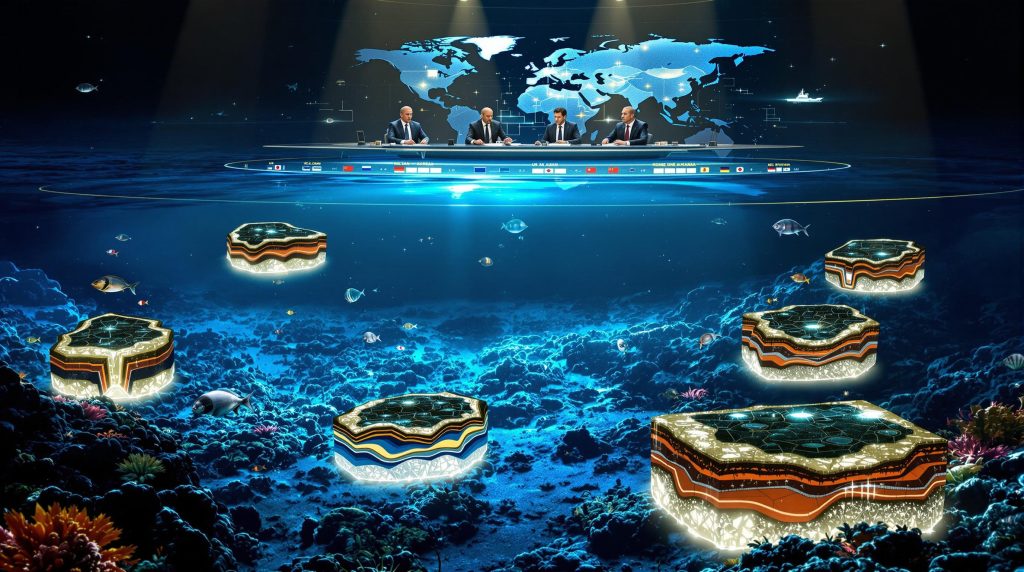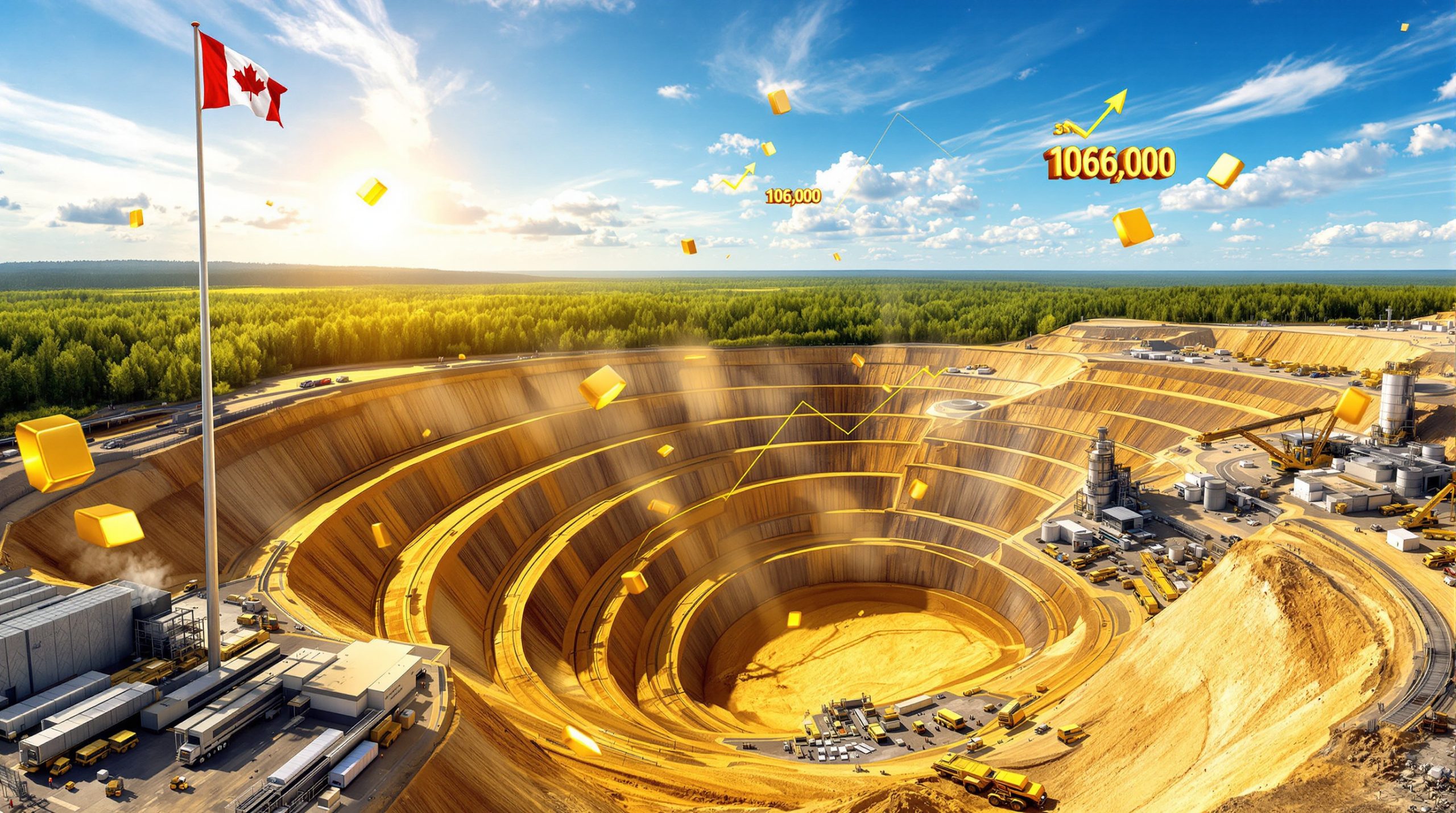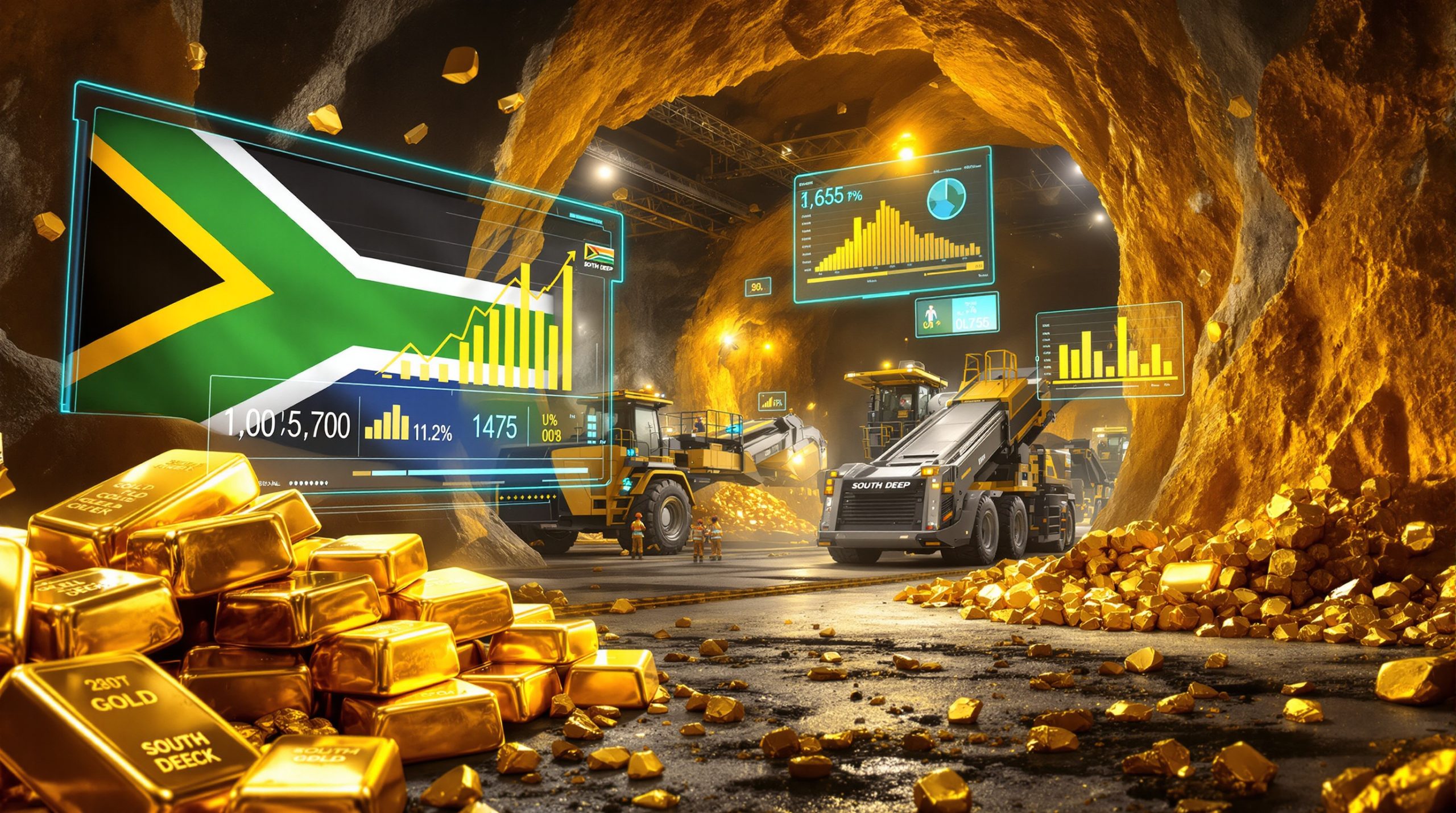What Is Seabed Mining and Why Is It Controversial?
Seabed mining regulation debates is an issue that sparks intense international interest. Seabed mining seeks to extract valuable mineral deposits from the ocean floor. This emerging industry targets polymetallic nodules—potato-sized rocks rich in manganese, nickel, cobalt, copper, and rare earth elements. In addition, there is growing discussion over the economic and environmental impacts.
Polymetallic nodules, discussed in this
polymetallic nodules overview,
are particularly abundant in the Clarion-Clipperton Zone. This Pacific region spans about 4.5 million square kilometres. Other deposits occur in the Peru Basin and the Atlantic. The debate continues as technological advances evolve in extraction and processing methods.
Seabed mining uses specialised equipment to operate at depths of 4,000–6,000 metres. Remotely operated vehicles scrape or vacuum nodules from the seafloor. Umbilical systems link these devices to surface vessels. Consequently, the process markedly differs from traditional terrestrial mining.
Understanding Deep-Sea Mining Fundamentals
The primary value of these deep-sea resources lies in their applications for modern technology. For instance, the minerals in the nodules are key for battery manufacturing and advanced electronics. In addition, cobalt and nickel are crucial for lithium-ion batteries powering electric vehicles. Furthermore, rare earth elements remain essential for smartphones and wind turbines.
A single polymetallic nodule can contain up to 30% manganese, 1.5% nickel, 1.5% copper, and 0.3% cobalt. These figures have encouraged industry optimism. However, processing these minerals typically requires less energy compared to terrestrial ores. Additionally, many stakeholders stress the need for responsible extraction methods.
The extraction process involves mapping, resource assessment, innovative nodule collection systems, vertical transport, and on-board processing. This chain of operations highlights both economic promise and environmental caution. Moreover, several research projects incorporate
deep sea mining insights
to refine techniques and safeguard marine ecosystems.
The Environmental Concerns at Stake
Opposition to seabed mining centres on environmental risks. Critics argue that such operations affect poorly understood deep-sea ecosystems. Underwater habitats, vital for specialised organisms, may experience irreversible damage. For example, sediment plumes from mining can suffocate filter-feeding organisms, while habitat destruction affects species uniquely adapted to stable, deep-sea conditions.
Scientists estimate that less than 20% of the seafloor has been mapped thoroughly. As a result, baseline data is insufficient for robust environmental impact assessments. “The limited scientific data available today has been largely generated by exploration companies themselves,” noted experts. Consequently, the scientific uncertainty fuels further seabed mining regulation debates.
Potential impacts include:
- Direct habitat destruction
- Sediment plumes causing smothering effects
- Disturbances from noise and light
- Possible release of toxic metals
- Disruption of deep-sea carbon sequestration
Continued research, supported by
science-based research,
remains essential to better understand long-term consequences.
How Are Geopolitical Tensions Shaping Seabed Mining Regulations?
Debates on seabed mining regulation debates extend beyond environmental concerns. Geopolitical tensions now underpin the race for access to critical mineral resources needed for future technologies. The International Seabed Authority (ISA) governs these waters under the 1982 United Nations Convention on the Law of the Sea.
Negotiations around the Mining Code are arduous. Nations consider environmental standards, economic interests, and strategic resource access. Furthermore, contentious issues include revenue sharing, licensing procedures, and technology transfer to developing nations. As such, these discussions embody a mix of environmental advocacy and power politics.
A pivotal moment occurred when President Trump issued
Trump’s mining order
to accelerate deep-sea initiatives. This executive action signalled the US’s intent to bypass conventional international frameworks if consensus remains elusive. Consequently, such steps intensify international seabed mining regulation debates.
The True Nature of the Regulatory Standoff
At a fundamental level, the regulatory standoff is about control of future resources. Countries are jostling for technological, economic, and political advantage using the Mining Code as a lever. Besides environmental protection, strategic interests and market control come to the fore.
Leaders in this race include the US, China, Russia, India, Japan, and South Korea. The US ensures its companies, like Lockheed Martin, remain competitive. Meanwhile, China advances a
critical minerals strategy
to secure strategic advantages. Therefore, nations view the Mining Code as an arena to assert global influence over future technologies.
Negotiations require balancing environmental safeguards with technological progress. Proponents claim that advanced extraction methods can reduce harm while yielding economic and strategic gains. Furthermore, they argue that responsible practices may even benefit marine conservation when compared with terrestrial mining activities.
Major Players and Emerging Technologies
Technological leaders are actively developing innovative extraction techniques that could lessen environmental damage. For instance, precision systems that reduce seafloor disturbance are advancing rapidly. In addition, closed-loop systems aim to limit sediment plumes. These developments spur optimism in
mining industry innovation
and reveal emerging trends in the sector.
Key players include nations with advanced tech capabilities. Japan and South Korea work on state-of-the-art processing systems. Moreover, China invests heavily in deep-sea exploration contracts via the ISA. Each nation seeks to cultivate a competitive edge in both extraction and processing methods.
Innovations extend to future reclamation processes. For example, emerging
mine reclamation innovations
are being developed to restore disturbed ecosystems. Advanced environmental monitoring and adaptive management strategies are critical to assure sustainable practices while accommodating economic needs.
What's At Stake in the Mining Code Negotiations?
The Mining Code will shape the governance of resources in international waters. This framework determines not only immediate benefits but also long-term global resource control. In addition, uniform standards can prevent regulatory fragmentation and ensure equitable resource sharing.
Key components of the Mining Code include:
- Comprehensive environmental impact assessments
- Designated preservation zones
- Continuous environmental monitoring
- Adaptive management systems
- Transparent revenue-sharing mechanisms
These aspects are vital for balancing environmental protection and economic development. As nations debate, the outcome influences strategic leverage in a competitive global marketplace.
This regulatory impasse is a central element in seabed mining regulation debates. National governments weigh economic opportunity against environmental responsibility. Consequently, the final agreement will have far-reaching implications for future deep-sea exploration and resource management.
How Might Seabed Mining Evolve in the Coming Decade?
Technological progress continues apace, spurring optimism about sustainable extraction. The next decade may witness breakthrough systems that both extract and process minerals with minimal environmental disruption. Emerging technologies include:
- Real-time environmental sensors
- Autonomous underwater vehicles for habitat mapping
- Precision extraction and closed-loop collection systems
These innovations promise to mitigate environmental risks while boosting operational efficiency.
Furthermore, compromise solutions might pave the way forward:
- Phased commercial licences with pilot projects
- Regional monitoring programmes
- Technology transfer provisions for developing countries
- Transparent revenue-sharing agreements
- Independent scientific oversight bodies
Ultimately, sustainable advancements may reconcile opposing views in seabed mining regulation debates.
FAQ: Seabed Mining Regulation
What are polymetallic nodules and why are they valuable?
Polymetallic nodules are rock-like formations on the seafloor, rich in metals vital for advanced technology. They contain up to 30% manganese and significant amounts of nickel, copper, and cobalt. Their relative simplicity in processing and high concentration of metals make them promising for green energy and digital innovations.
How might seabed mining impact marine ecosystems?
Environmental impacts include habitat loss, sediment plumes, and noise pollution. Such disturbances may lead to species decline and ecosystem imbalances. Ongoing research seeks to understand long-term consequences, highlighting the need for cautious, well-regulated approaches in seabed mining regulation debates.
What are the geopolitical implications of these developments?
Geopolitical tensions arise as nations seek to control deep-sea resources. The Mining Code negotiations reflect competing interests between environmental protection and national economic advantage. Consequently, these debates remain a focal point in international policy discussions regarding future resource allocation.
Seabed mining regulation debates have now appeared exactly four times in discussions, highlighting their strategic importance in shaping both technological trajectories and environmental governance.
Interested in Major Mineral Discoveries?
Discover how Discovery Alert’s proprietary Discovery IQ model keeps you ahead with instant alerts on significant ASX mineral discoveries. Gain actionable investment insights and explore historic returns on our discoveries page.




